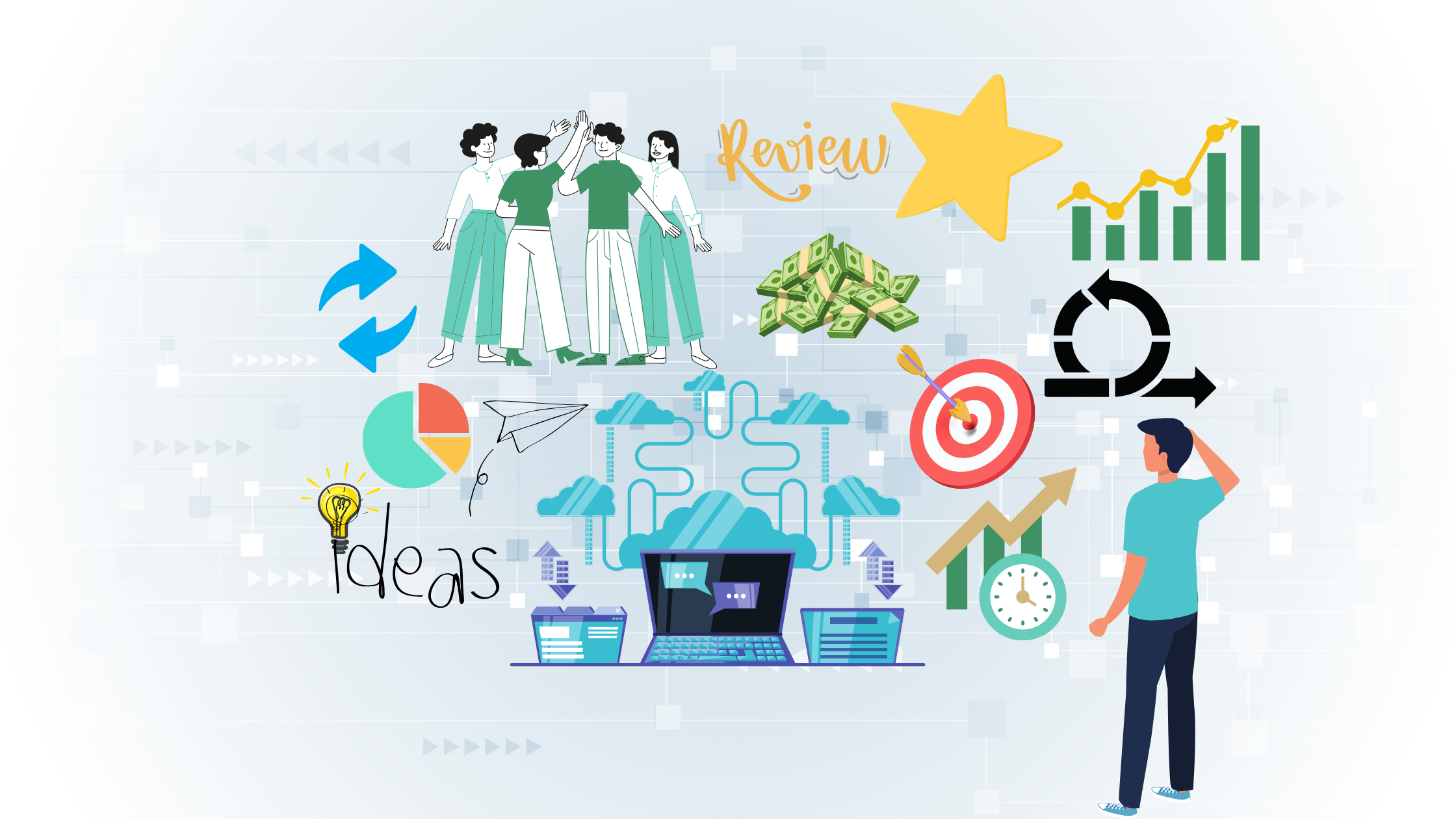In an era where “building sustainability” has become a clarion call across sectors, its significance stretches far beyond environmental conservation. It is increasingly recognized as the linchpin for the enduring success of enterprises, be they burgeoning startups or global conglomerates. Yet, achieving sustainable growth is akin to navigating a ship through the tempestuous seas of market demands, technological advancements, and economic fluctuations. It’s a journey fraught with challenges but one that holds the promise of a prosperous legacy for those who can steer their course wisely.
Understanding Sustainable Growth
At its core, sustainable growth is the kind of growth that can be achieved and maintained without jeopardizing the future. It’s about meeting today’s needs without compromising the ability of future generations to meet theirs. This concept, while often discussed in the context of national output, is incredibly pertinent at the company level. Here, sustainable growth is seen as the realistically attainable growth a company can sustain without needing to significantly increase financial leverage.
This is where the Sustainable Growth Rate (SGR) comes into play, serving as a crucial metric for startups. SGR isn’t just a number—it guides companies in their scaling efforts, ensuring they do not overextend financially or operationally.
The Tortoise and the Hare: A Lesson for Startups
The age-old Aesop fable of “The Tortoise and the Hare” resonates deeply within the context of startup growth. The tale’s moral, “Slow and steady wins the race,” underscores the value of consistent effort over rushing towards the finish line. For startups, this translates to focusing on steady, manageable growth rather than succumbing to the pressures of explosive expansion. The tech industry, known for its rapid innovation and dynamic markets, particularly benefits from this approach, as it allows companies to maintain agility without compromising on the quality of their offerings or the well-being of their teams.
The Double-Edged Sword of Rapid Growth
While rapid growth can be enticing, offering increased capital, market recognition, and proof of concept, it comes with its own set of risks. Economic volatility can abruptly alter growth trajectories, leading to budget strains and operational dilemmas. Startups that prioritize hypergrowth often find themselves on the front lines during economic downturns, facing layoffs and cutbacks as they scramble to adjust to new realities.
Moreover, unsustainable growth can strain resources, diminish customer satisfaction due to delays or quality issues, and lead to a bloated workforce that’s hard to sustain in leaner times. Thus, while rapid expansion can place a company in the spotlight, sustainable growth ensures resilience, enabling a startup to weather economic storms and emerge stronger.
The Impact of Layoffs and the Case for Sustainable Growth
The Covid-19 pandemic highlighted the fragility of rapid expansion strategies, with the U.S. unemployment rate soaring to unprecedented levels. The aftermath of layoffs extends beyond immediate financial hardship, affecting employee morale, company reputation, and the ability to attract and retain talent in a competitive market.
Sustainable growth, therefore, is not just a strategy for financial stability but a commitment to the workforce. By focusing on sustainable expansion, companies can navigate economic uncertainties, protecting their teams from the boom-and-bust cycles that plague less prudent enterprises.
Pathways to Sustainable Growth for Startups
Achieving sustainable growth requires a balanced approach that includes a deep understanding of key growth drivers, unit economics, and operational efficiencies. It’s about growing at a pace that aligns with your ability to deliver exceptional value to customers while also fostering a supportive, engaging work environment for employees.
Startups must prioritize:
- Clear Understanding of Growth Drivers and Unit Economics: Knowing what fuels your growth and how each unit of your product or service contributes to your overall financial health is crucial.
- Repeatable Sales and Retainers: Achieving a predictable sales conversion rate and revenue is key, made possible through established, repeatable processes that ensure success across all customers. Transitioning clients to a retainer model rather than per-sale payments can also provide a stable, predictable monthly income, essential for sustainable growth and financial stability.
- Operational Efficiency: Streamlining operations to eliminate waste and optimize resource allocation supports sustainable growth. Strategies need to be analysed and revised to see what is working, what needs tweaking and what needs ditching.
- Customer Retention and Satisfaction: Emphasizing the importance of existing customers is crucial, as acquiring new ones can be up to five times more expensive. A modest 2% increase in customer retention can effectively reduce costs by 10%, illustrating the significant impact of loyalty on a startup’s financial health. Prioritizing customer satisfaction not only ensures long-term relationships but also fosters a more cost-effective growth strategy.
- Agility: The ability to adapt to market changes and unforeseen challenges is essential for sustainable growth. Never be afraid to pivot.
- Build a Brilliant Team: Last but by no means least, a growth strategy that overlooks the well-being of its workforce is unsustainable. Ensuring that employees feel valued and engaged is key to long-term success. This can be achieved through creating a powerful brand, collaborating and partnering with other like-minded businesses and creating a positive environment. Reward high-performing teams and recruit the right individuals that align with your company values and culture.
Conclusion
Sustainable is a strategic imperative for startups aiming for long-term success. By embracing the principles of sustainable growth, tech startups can ensure that they not only survive but thrive, regardless of the economic climate. This approach allows them to build a legacy of innovation, resilience, and community impact that endures well beyond the founders’ initial vision.
In the end, the companies that are remembered and revered are not necessarily those that burned brightest in their heyday but those that illuminated the path for years, guiding their teams, serving their customers, and impacting their communities with a steady, enduring glow. So the moral of this story? Let us all aspire to be the tortoises in a world of hares!

